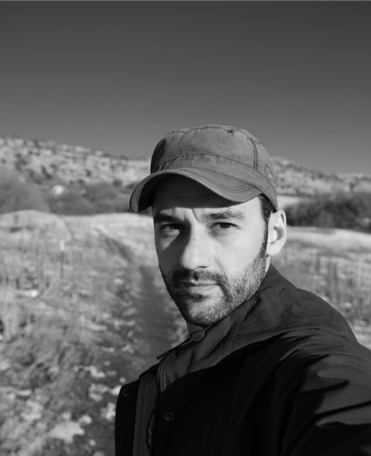Proper lighting could make the whole difference in creating the proper visual style, mood and atmosphere of a successful video production project. It is important that a professional video production company master the common lighting techniques and could fit the right one to the theme of the video successfully. Here are some common lighting techniques we often use at Snowy Peak Films for our video production projects around Denver and Colorado:
1. Three-Point Lighting: This lighting methods involves using 3 primary light sources: key light, fill light, and backlight. The key light is the primary light source, providing the main illumination on the subject. The fill light fills in shadows created by the key light, while the backlight adds depth and separation by illuminating the subject from behind.
2. Natural Light: Utilizing natural light sources, such as sunlight or window light, can create a soft and flattering illumination. This technique is often used in documentary- style film-making or for scenes that require a naturalistic look.
3. High Key Lighting: High key lighting involves evenly lighting the scene to eliminate shadows and create a bright and upbeat atmosphere. It is commonly used in comedy, commercial productions, and upbeat interviews.
4. Low Key Lighting: Low key lighting creates a dramatic and moody atmosphere by using minimal lighting and deep shadows. This technique is often associated with film noir, thrillers, and horror genres.
5. Soft Lighting: Soft lighting produces gentle and diffused shadows, resulting in a flattering and cinematic look. Softboxes, diffusers, and bounce boards are commonly used to achieve soft lighting.
6. Hard Lighting: Hard lighting creates sharp and defined shadows, giving scenes a more intense and dramatic feel. This technique is often used in film noir, crime dramas, and music videos.
7. Rim Lighting: Rim lighting, also known as edge or backlighting, involves positioning a light source behind the subject to create a glowing outline or rim of light around the edges. This technique adds depth and separation, making the subject stand out from the background.
8. Practical Lighting: Practical lighting uses existing light sources within the scene, such as lamps, candles, or streetlights, to create a natural and immersive atmosphere. This technique is commonly used in interior shots and night scenes.
9. Color Temperature: Adjusting the color temperature of the lights can dramatically impact the mood and atmosphere of the scene. Warm colors (e.g., tungsten) create a cozy and inviting feel, while cool colors (e.g., daylight) evoke a sense of freshness and openness.
10. Dynamic Lighting: Dynamic lighting involves adjusting the intensity, angle, and color of the lights throughout the scene to create visual interest and highlight key moments. This technique adds depth and dimension to the visuals, keeping viewers engaged.
The right lighting method will elevate the quality of the video and will set the tone of the visual style so it is highly important to incorporate the right lighting to the video. Let us showcase our works – contact us today for details on your next video production project!
























